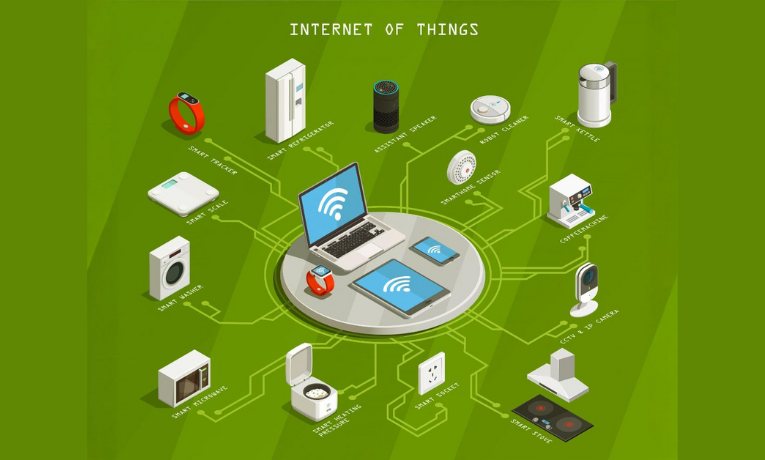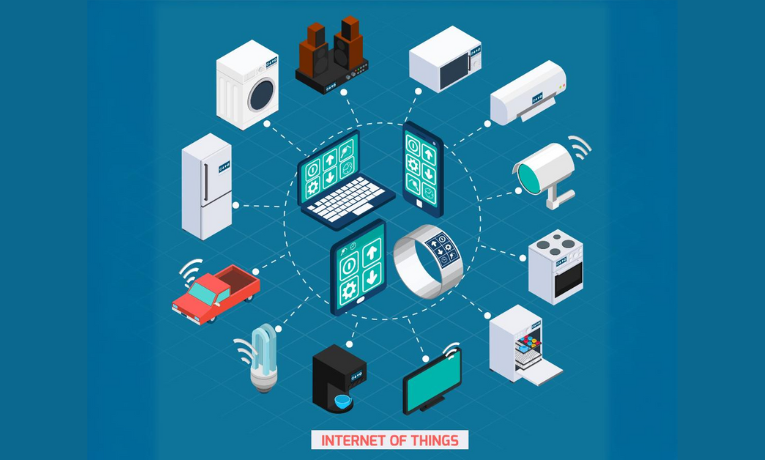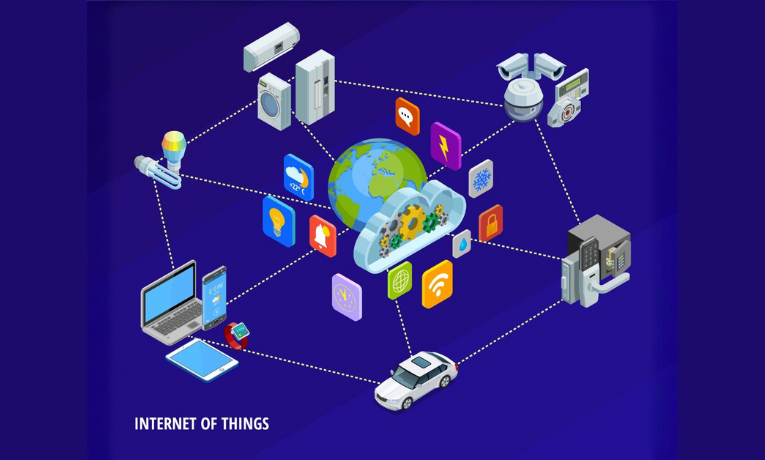The Internet of Things (IoT) has brought a massive change in the IT industry and has connected things to make smart systems. Nevertheless, the growth of Internet of Things devices is also at a fast pace, which indicates potential security problems. Despite this, IoT devices remain an afterthought to most IT security plans and can be exploited to gain initial access to a network. This five-minute guide will explain how to improve IOT devices security and how you can protect your IT ecosystem.
What Are IoT Devices?
IoT stands for ‘Things’ which are smart objects equipped with sensors, software, and connectivity abilities to interface with others or a network. Examples include:
- Smart thermostats
- Connected security cameras
- Wearable fitness trackers
- Sensors for use in industrial machinery.
IoT devices have significant usages of operation in IT environments both in terms of automation and more especially in consideration of data acquisition and communication. Although increasing in number, they act as a sweet spot for hackers to perpetrate their crimes.
Why Does IoT Security Matter?
1. Vulnerabilities in Devices
Starting from the fact that various IOT sensors have often been found with innately poor passwords or depleted firmware.
2. Data Breaches
Malicious attackers can gain unauthorized access to an organization’s IOT connected devices and siphon off valuable data, resulting in loss-making outcomes and rubbing companies the wrong way.
3. Network Security Risks
It has emerged that unauthorized access to IoT devices can create backdoors through which attackers can gain access to entire IT networks.
4. Operational Disruptions
IoT is a must-have technology for numerous industries and cyber threats directly harm businesses; these include the loss of revenue from operations interrupted by hacking attacks.

5 Steps To Protecting IoT Devices in IT
These are the steps you should follow and keep your IoT devices and IT environment safe.
1. Learn to Change Default Settings As Soon As Possible
A lot of IoT devices have default login credentials that are given at the manufacturing level which everyone knows.
– What to Do:
- Set all the default credentials to new, hard, type, and unique passwords.
- Password generators and managers must be employed to create and store complicated passwords to prevent easy hacking.
2. Keep IoT Devices Updated
Malware can take advantage of known exploits which can result from using outdated firmware.
– What to Do:
- Make updates for the IOT temperature sensor that occurs automatically whenever it is possible.
- Regularly check for firmware patches and apply them promptly.
3. Segment Your Network
Most smart IOT devices do not need to connect directly with your primary network.
– What to Do:
- Leverage VLAN or create a different Wi-Fi network to segregate IoT devices from important IT infrastructure.
- Make sure the network is fully segmented in case one part is compromised to discourage the attackers from lateral movement.
4. Enable Strong Encryption
The lack of a strong communication structure makes IoT devices highly vulnerable to eavesdropping.
– What to Do:
- Make sure that the IOT temp sensor is employed with encryption protocols like TLS (Transport Layer Security).
- Stay away from equipment that cannot use secure communication.
5. Monitor IoT Devices Regularly
Most of the activities that are conducted sneaky are likely to be detected because of constant monitoring.
– What to Do:
- Implement IDS to capture and analyze IoT device traffic.
- Periodically scan IOT motion sensors for any anomalies or signs of intrusion.
Advanced Strategies that Any IT Professional Should Consider
1. Enforce the use of Multi-Factor Authentication (MFA)
Use a second factor to unlock IoT gadgets. This helps prevent unauthorized access to accounts even in the event of the chief password being hacked.
2. Try Device Identity Management
Use IAM solutions to provide IoT devices with an identity through which you can control which IoT devices can connect to your network.
3. Adopt Secure IoT Frameworks
Best practices are there which can be NIST IoT Cybersecurity Framework. It provides a comprehensive guideline to secure the IoT landscape.
4. Disable Unused Features
In many cases, IoT devices may have added features that are not relevant to the device’s main use or purpose. These must be turned off to reduce the potential number of avenues of attack.
5. Carry Out the Security Assessment Regularly
Engage the services of IT security professionals to do penetration testing as well as vulnerability assessments on your IoT environment. This makes it easier to identify devious flaws that an attacker could use before they are used by the intruder.

Major IoT Security Concerns
1. Lack of Awareness
It is striking to realize that most organizations do not even consider IoT devices as elements of their protection.
2. Diverse Devices
The IoT ecosystem is vast, and there are many devices and multiple manufacturers, so it is hard to make specific security rules.
3. Scalability Issues
When there are many devices, there is the challenge of meeting their security needs and requirements.
4. Insufficient Regulations
IoT security regulations present themselves clearly as geopolitical, leaving opportunities for hackers to exploit.
Security Tools and Technology for IoT
– IoT Security Platforms: There are some preventive solutions such as Palo Alto Networks and Cisco IoT Threat Defense available in the market.
– Intrusion Detection Systems (IDS): Such systems consist of programs like Snort or Suricata, which keep track of the traffic and find something unusual.
– Encryption Tools: Device communications should be secured through SSL/TLS certificates.
– Device Management Platforms: Some solutions like AWS IoT Device Defender let you monitor and manage IoT devices effectively and securely.
How to Protect IoT Devices for People
For individuals using IoT devices at home, follow these tips:
- Have a different wireless connectivity for IoT devices.
- Do not use public Wi-Fi to command IoT devices.
- If these are not necessary, they should be disabled: Device features.
- People must avoid using IoT connected devices when not necessary, and switch them off to minimize exposure.
Future of IoT Security
The adage ‘the more the merrier’ will not apply to IoT anytime soon because, with the constant growth of the Internet of Things, security will always be an issue. Numerous innovations are promising to revolutionize IoT security including Artificial Intelligence for threat detection and blockchain for security.
The organizations must update themselves and their IoT environments through practices that are secure from cyber threats.
Conclusion
IoT device security in IT spaces is crucial to the protection of large volumes of critical data, and business operations, and shields against various cyber risks. There are some easy actions that when taken will offer IPT security, these include: altering default settings, ensuring that devices are updated, segmenting networks, enabling encryption, and managing devices.
For an IT professional or indeed an ordinary computer user, adopting these measures will ensure safe operation in cyberspace. It is therefore important to act earlier before things get worse and your IoT devices compromise the security of the entire IT infrastructure.









